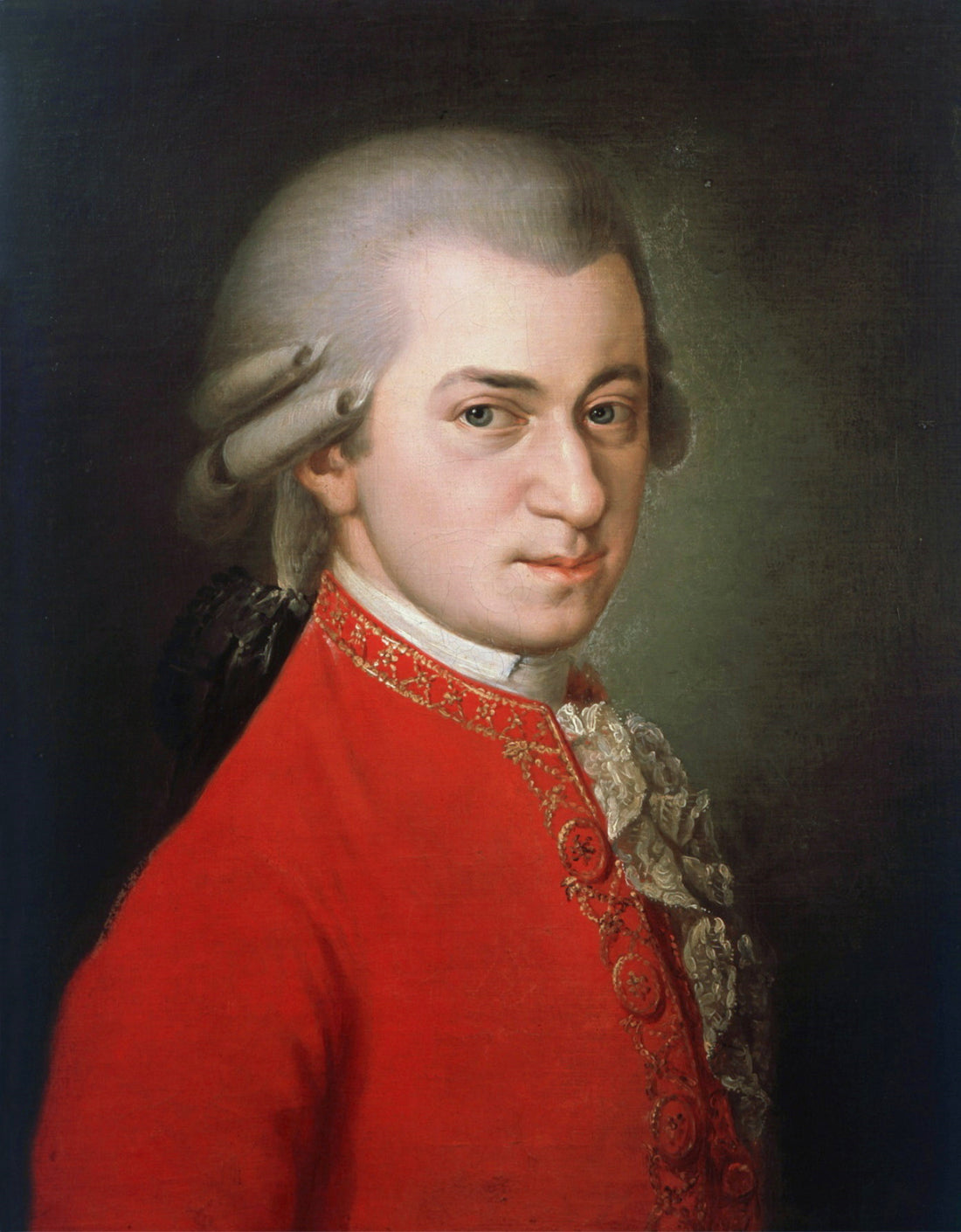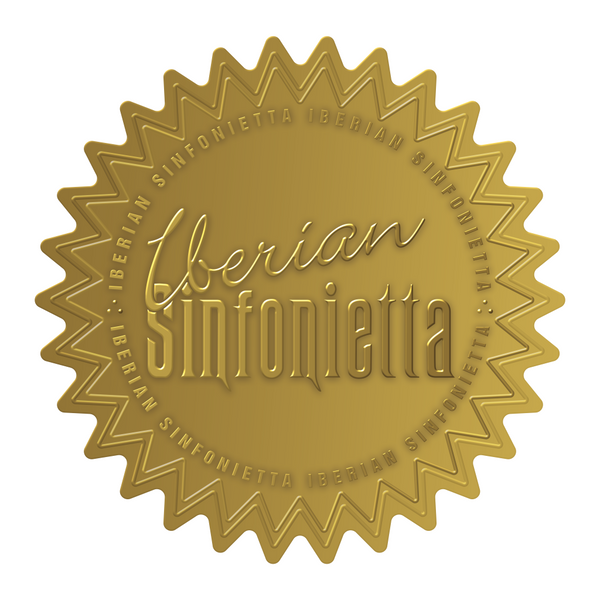
MOZART'S PRAGUE SYMPHONY: TRADITION AND INNOVATION IN UNISON
Dear audience:
Next Saturday, May 20, we will say goodbye to this 2022/2023 season and we will meet again in September, inaugurating the next 2023/2024 season. It will be, as always, at the Peace Palace in Fuengirola and at the usual time, 7:00 p.m.
On this occasion, as you can read on our website, the concert will consist of two works. One, Strawinsky 's Pulcinella Suite and another, Mozart 's Symphony No. 38, to which we will dedicate this blog entry.

The Marriage of Figaro , premiered in Vienna in 1786, was made somewhat later in Prague. It was an absolute impact on the city, to the point that Prague experienced a few years not only of "Mozartmania" but of a specific "Figaromania". At any party, fragments, arias were performed... and of course, it was only a matter of months before the genius accepted an invitation to Prague to direct and perform before the Prague public. "No work (so everyone here claims) has ever caused such a sensation as the Italian opera The Marriage of Figaro , which has already been performed here several times to unbridled applause," reported the city's Oberpostamtszeitung. The visit to Prague culminated in two public appearances by Mozart , conducting a concert at the National Theater on January 19, 1787 and a performance of Figaro there three days later. Mozart 's first biographer, Franz Niemetschek, recalled the concert, which he had attended: "In fact, we did not know which to admire more, the extraordinary compositions or his extraordinary performance; together they made such an overwhelming impression on us that we felt spellbound." One of those extraordinary compositions was the "Prague" Symphony, which was being premiered. It was in a packed hall and with the warm welcome that Mozart expected from the Prague residents.

On the night of the premiere of his 38th Symphony, Mozart offered a half-hour encore improvising on the piano and then a series—also improvisations—of twelve variations of Non più andrai from The Marriage of Figaro for another half hour. Mozart had brought the symphony with him from Vienna - the manuscript is dated December 6, 1786 - and reflects his most sophisticated symphonic style. Three years earlier he had composed a complete four-movement symphony, but on this occasion he omitted the minuet, reinforcing the symphony's dramatic argument.
The introduction of the symphony is slow, with a formal character that soon turns into a complex game of variations. The music advances continuously looking for a cadence, a moment of rest in its base tonality, as was customary, but this does not happen. For a long time the melody continues to transform and only stops in an unexpected change to a key of D minor. It is a movement whose structure, complexity and extension are difficult to match (it does not follow the conventional schemes of a theme A plus a bridge, a theme B and its repetitions but rather offers a multiplicity of several themes).
The first movement of the symphony is the longest of the symphonies composed in the 18th century. Not only its extension but the absence of conventional forms of development meant that the public had to listen with unusual attention. Once this harmony in D minor is presented, the music continues with a powerful crescendo sequence which is followed by its corresponding descent as a way of putting us on alert. It prepares us for an allegro that begins softly and makes its way with an accompaniment of syncopations. It is there that we hear the festive music played by the trumpets and timpani. The music of this movement has a chromatic and polyphonic texture such as had never before been composed in a symphonic work. That is, several instruments propose independent melodic lines that are subtly interwoven while echoing each other due to the different sounds of the instruments. When we talk about color in music, we usually talk about the particular sound of an instrument or the voice of a singer. For example, a melody played by the piano can be immediately repeated by the violins and then by the winds. Since it is the same melody, what changes is above all the color, the way it sounds in each case.
In the Andante we appreciate the counterpoint of the repeated phrases between the strings and the winds, which causes an inappropriate tension of a movement that is usually more a space for relaxation. Normally, the second movements of a symphony (especially in the 18th and 19th centuries) are slow and soft; They are not very surprising in their character. However, this Andante is perhaps the most celebrated in Mozart 's work due to the multiplicity of resources woven together with great delicacy. The harmonies have a slight sombre character (also unusual for that era). It is the symphonic slow movement with the greatest variety of emotions composed until then by Mozart in a symphony. The Andante is an abstraction of the pastoral style, whose layout in sonata form is another example of the sophistication of the symphony, contrasting its lyrical and introverted first theme with more tense material preceded by a series of woodwind chords.
The 38 is a three-movement symphony (another broken convention, since it would normally have four) and therefore lacks a Minuet. The Andante takes us directly to the last movement, a finale whose force is less grandiloquent than that of later symphonies (40 or 41) and for this reason it is also peculiar. The phrase with which the last movement begins is a quote from The Marriage of Figaro (taken from the duet between Susanna and Cherubino in Act II) whose strength and dissonance reminds us that if Mozart was already looking for that sensation of dissonance it was because so much of his artistic expression He was pursuing that path as if the public itself required something more to be attracted. There is an energetic and forceful way of rounding out the symphony by dint of brief and continuous changes in the intensity (the dynamics) and the sustained determination with which it must be played to achieve the desired effect. Let us remember that in the face of greater repetition of phrases, as was the custom at this time, this determination is essential so that each note sounds with its own intention and not as a mere repetition of what has already been expressed. In fact, the fact that the introduction of the first movement was extraordinarily slow is one more element that points towards a call to the public's attention. From that moment, the listener accustomed to works of the period knows that he is facing an absolutely different symphony. This last movement covers a remarkable emotional spectrum, something that becomes evident in its opening moments, as Mozart calls into question the festive atmosphere with a purple note for the solo winds that becomes almost violent. It is a music in which darkness lurks just beneath the light, in which ambiguity calls into question every seemingly joyful outburst. This third movement is also a self-homage because it quotes the aria Aprite, presto, aprite from The Marriage of Figaro.

Although Mozart 's most celebrated symphonies are the last three (39, 40 and 41), the 38th already contains all the elements that would make this Austrian composer one of the greatest exponents of symphonic music. Listening to it allows us to appreciate the true moment of transition of Mozart 's symphonic language and, therefore, of music in general given the importance and influence that this composer's music had. The Prague Symphony constitutes an opportunity to look at the type of exercise that the public at the end of the 18th century had to perform when trying to recognize a series of musical elements to which they were accustomed, at the same time that they had one of the greatest innovations in front of them. of symphonic music.
Not to miss it...
Jorge Rodríguez Morata
Pedagogical content coordinator
